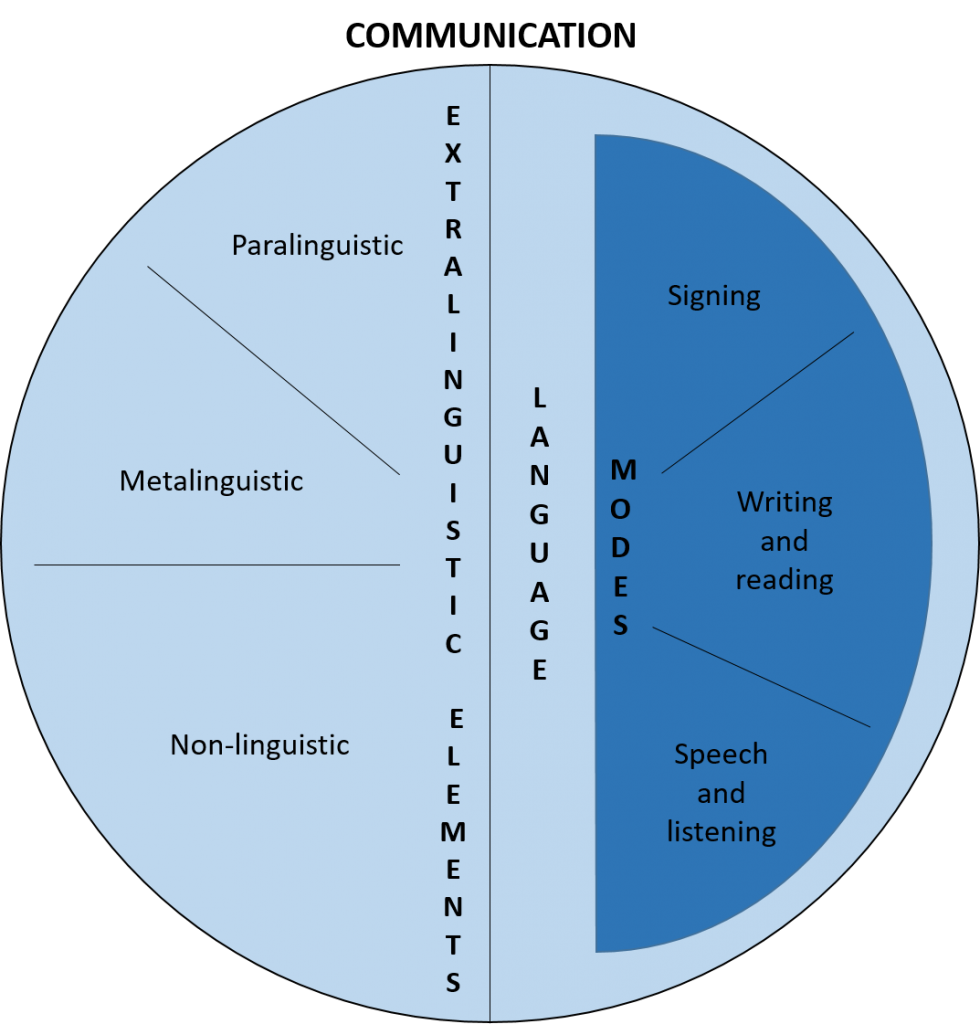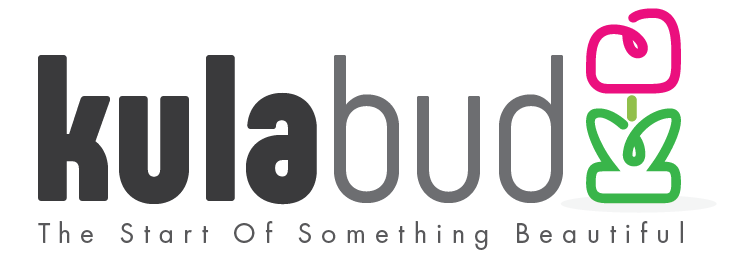The Relationship Between Speech, Language and Communication
- January 20, 2020
- Posted by: Kerry Belgrove
- Category: General , Speech & Language Development ,

As Speech-Language Therapists, my colleagues and I study the changes that occur in speech, language and communication as children grow and develop. These three terms are often interpreted by others as having similar meanings, but they are actually very different and signify different aspects of development and use. Let’s have a look:
Speech
Speech is a verbal means of communicating. It includes specific sounds and sound combinations that are characteristic of a particular language. Speech involves an extremely intricate process which requires very precise neuromuscular coordination. Without us even realising it, numerous specific motor sequences need to be planned and executed in order for us to speak. In addition, speech also involves other components that enhance the meaning of our message, such as voice quality, intonation and rate.
Language
Without an orderly system, individual speech sounds are meaningless noises. The relationship between individual sounds, meaningful sound units, and these combined, is specified by the rules of language. Language is therefore a socially shared code, a complex and dynamic system of conventional symbols, for representing concepts in exchanging information. This makes language a tool for social use. Language is a process of use and modification within the context of communication.
Although most languages can be transmitted by speech, speech is not an essential feature of language – just think of Sign Language and Mathematics.
Communication
Communication refers to the exchange of information, ideas, needs and desires between participants. This involves the encoding, transmitting and decoding of an intended message. Both speech and language form part of this process, but other aspects of communication that may enhance or change the linguistic code also play an important role. These are paralinguistic cues (eg. intonation, emphasis, rate and pause), non-linguistic cues (eg. gestures, body posture, facial expressions, physical distance and eye contact) and metalinguistic cues (eg. analysis of the transmission and success of communication).
This visual provides a beautiful illustration of how communication is accomplished through a linguistic code and many means of transmission.

